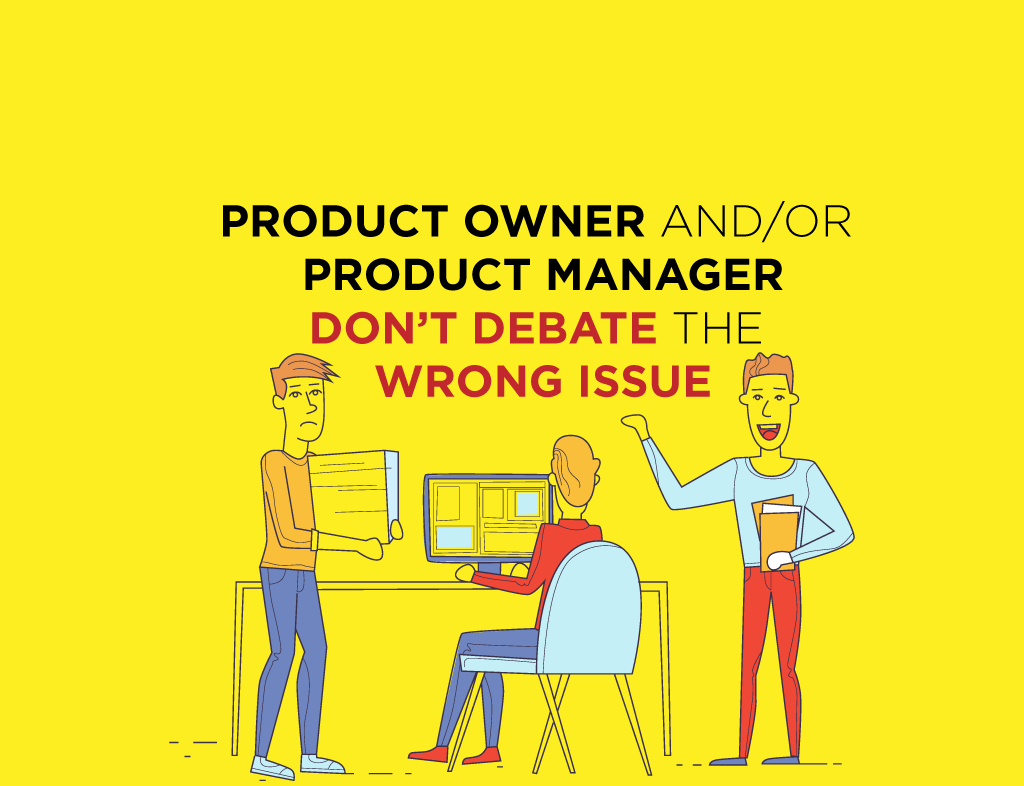The software product industry is swiftly graduating from desktop to cloud based applications. Interestingly, there is also a hand-in-hand shift in the associated sales and marketing strategy around these products. Till some time back, a typical B2B sales cycle was heavily dependent on building relationships, and hand-holding the prospects through the product implementation. In this new age however, the products are driving the sales and marketing by themselves.
Let’s define “Product Led Growth”. For this, let me ask you a question: What is common across all of the below products?
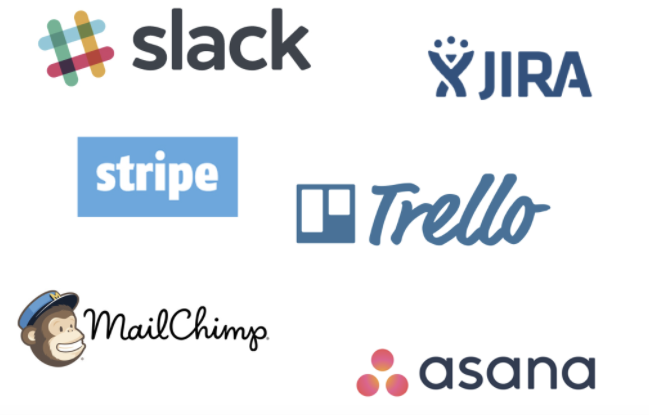
The answer: all of them are in the MULTI-million dollar club! All of them have demonstrated an exponential growth in business, and all of them are being used by millions of customers around the globe. And then, what else?
Well, its simple: all of them have minimal setup and minimal implementation time. Any person can simply go to the website of these products, and get him/herself started; all within a few minutes. All of these products offer a free trial and/or a freemium version: and it is exceptionally simple for anyone to start using these products. And this is exactly the definition of “Product Led Growth”.
“Implementing the product is faster than selling”
Jeff Lawson from Twilio (@ SaaStr ‘ 2017)
“Product Led Growth” is a concept where the product sells itself. Quick on-boarding of customers, and simplicity of the product become the reason for their exponential growth. There is no hand-holding of customers, and there is no requirement of any explicit sales effort.
It is important to get the customers to identify the ‘value’ of the product in the shortest amount of time. The product must show-case its most important feature (I like to call it the ‘aha’ moment of the product) in the least number of clicks and the least amount of time. Free Sign-Ups and Freemium packages are a very useful ways to achieve this goal. The ABSOLUTE best way to show a customer that the product solves his problem is by having the product to solve his problem. If the product is able to demonstrate ‘value’, then it’s easy to convert the customer into paid accounts.
“Self service is the core to our DNA; and the reason for our growth”
Mikkel Svane from ZenDesk (@ SaaStr ‘ 2017)
Let’s pick on the example of Slack:
(1) Free Sign-Up: Any person and/or organization can simply jump onto the Slack website, and get started. Getting Started does not involve any physical sales intervention and/or any payment formalities.
(2) Implementation Time: It takes less than 2 minutes to get yourself started! Slack provides an extremely simple, step-by-step process flow to receive the required information.
(3) Tutorial: What’s more, once you get into the product, you are welcomed by a SlackBot, and a series of screen overlays that tell you everything that you need to know to start using the product.
(4) Retention and Conversion: This is the best part – till 10,000 messages, Slack is Free. And by the time you exhaust your limit, you get so hooked-up to the product, that you feel good about paying for it!

More often that not, I come across a lot of startups in India, that struggle to hire expensive sales teams, even to reach out to retail customers. Right here, is a solution: there is much a lot to learn from the success stories from around the globe and identify the reasons for their success and growth. In essence, a product that is easy to use and simple to on-board can and will sell itself. With an initial kick and strong push from marketing, your products can quickly become their own self-sustaining entities. And once you have a self-sustaining entity, you can use the money that you’ve made to hire your sales teams, and focus on selling to enterprises.
Guest Post by Pranab Agarwal, Product Head @ RateGain & Co-Founder, ZipBoard.







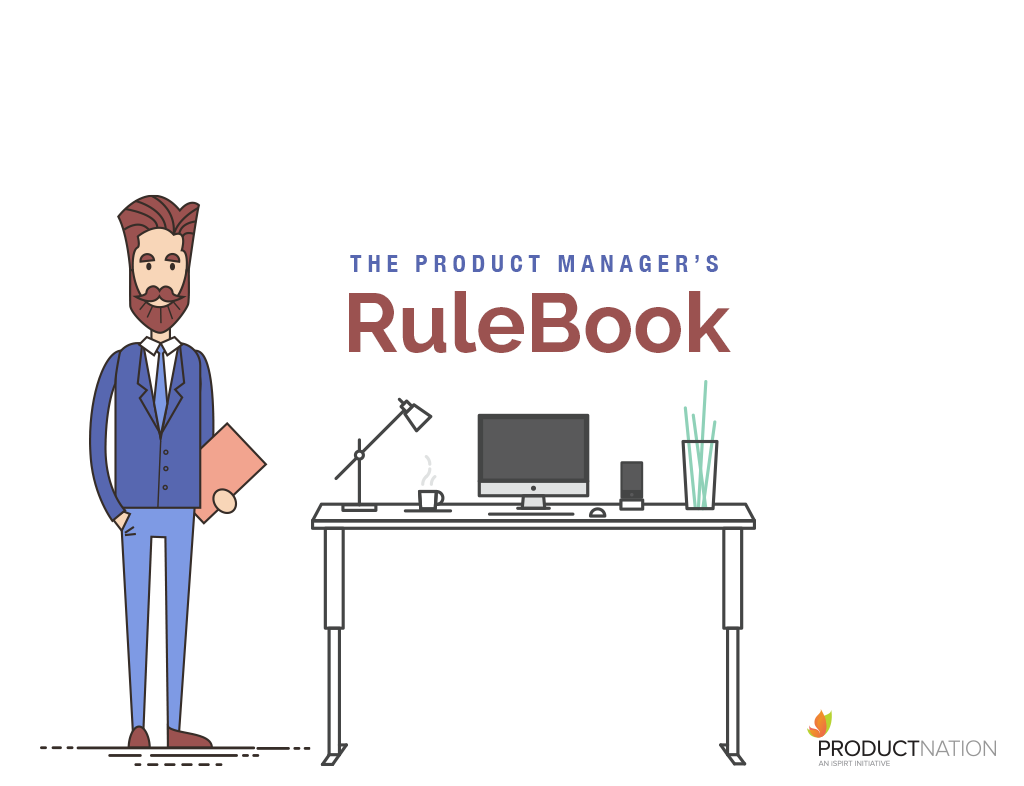


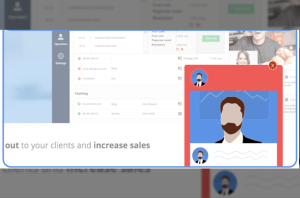
 Unlike Yahoo chat rooms where users had a lifetime to respond, in case of an onpage chat, the expected response time is seconds. If you are a B2B SaaS product, your average bounce rate ranges between 50% – 70%. Top this up with the fact that the average attention span of a human is less than that of a Goldfish. If your response time exceeds 30-45 seconds, the user has most likely moved on from the page. You have lost a potential lead and valuable feedback. You have to be on your toes to respond to these incoming chats within seconds. This is the real game changer. When you attend a visitor on chat within seconds, you have already won of half of your battle. The rest half is won, when you address their query. Yes, you can’t be available 24*7 but again that’s the idea. You can put together some great copy telling them how you are busy fighting aliens in a parallel universe and are offline but that’s a second option. And you should treat it like that.
Unlike Yahoo chat rooms where users had a lifetime to respond, in case of an onpage chat, the expected response time is seconds. If you are a B2B SaaS product, your average bounce rate ranges between 50% – 70%. Top this up with the fact that the average attention span of a human is less than that of a Goldfish. If your response time exceeds 30-45 seconds, the user has most likely moved on from the page. You have lost a potential lead and valuable feedback. You have to be on your toes to respond to these incoming chats within seconds. This is the real game changer. When you attend a visitor on chat within seconds, you have already won of half of your battle. The rest half is won, when you address their query. Yes, you can’t be available 24*7 but again that’s the idea. You can put together some great copy telling them how you are busy fighting aliens in a parallel universe and are offline but that’s a second option. And you should treat it like that.



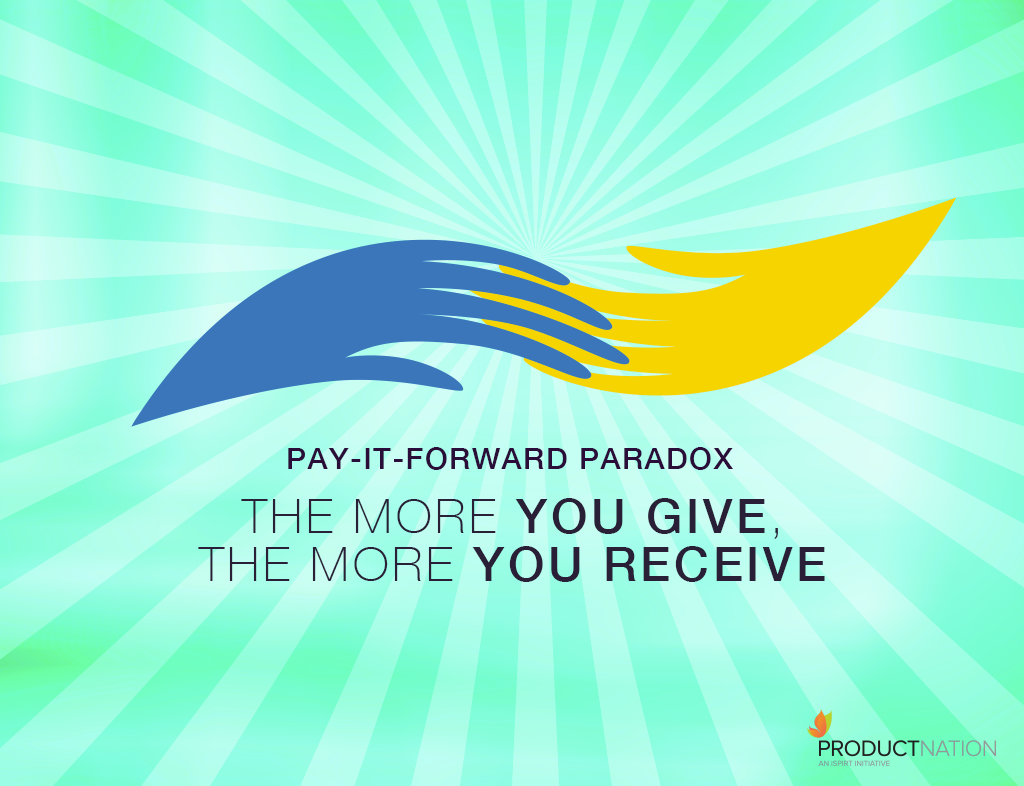
 It was truly inspiring and motivating to see so many people pay it forward, we were blessed to have that kind of support. Gave us more passion and energy to realize our vision to spread the awareness and application of design thinking.
It was truly inspiring and motivating to see so many people pay it forward, we were blessed to have that kind of support. Gave us more passion and energy to realize our vision to spread the awareness and application of design thinking.



